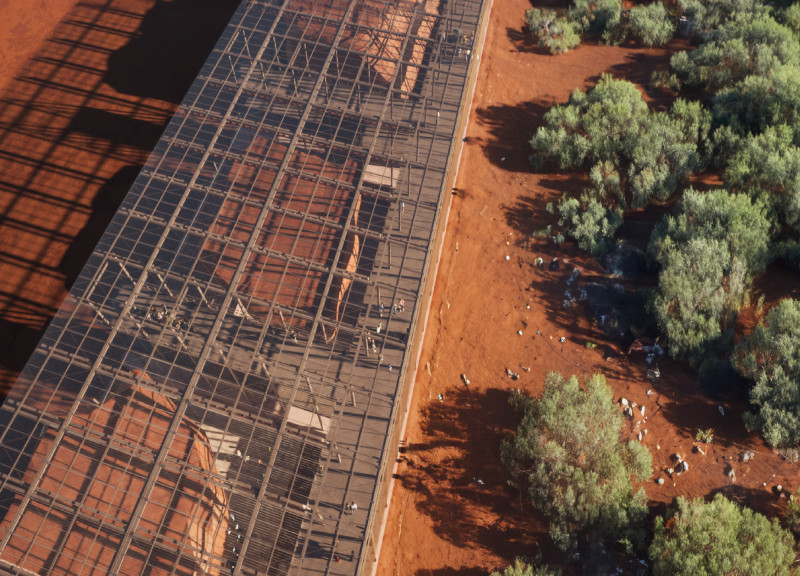5 key facts about this project
The primary function of this project is to serve as a [insert specific function, e.g., community center, residential building, office space]. It is designed to facilitate a range of activities, accommodating both individual pursuits and communal gatherings without compromising aesthetic appeal. The building is organized around a series of interconnected spaces that encourage movement and interaction, creating a harmonious environment between different user groups.
The design showcases an effective use of materials, boldly integrating concrete for its structural integrity and durability, while also utilizing glass to promote transparency and visual connectivity both within and outside the building. This combination allows natural light to permeate interior spaces, further enhancing well-being by creating a welcoming ambiance. Furthermore, the careful selection of wood adds a tactile quality, contributing warmth and architecture that resonates with the natural surroundings. The inclusion of terracotta offers not only a visual contrast but also serves as a practical response to the local climate, aiding in temperature regulation and energy efficiency.
Architecturally, the project integrates various unique design approaches. For instance, the layout is characterized by an open-plan design, which fosters fluid movement and encourages collaboration among occupants. Specific zones are identified not just through physical barriers, but through variations in elevation, materials, and light, highlighting the importance of spatial distinction in promoting functionality. Additionally, the incorporation of outdoor spaces, such as terraces and gardens, effectively blurs the lines between the interior and exterior environments, allowing for a seamless transition that enhances the user experience.
Special attention has been devoted to the sustainability elements of the project. The integration of green roofs, rainwater harvesting systems, and energy-efficient technologies showcases a commitment to minimizing the building's ecological footprint. Moreover, the design includes passive heating and cooling strategies that optimize energy use throughout the year. These features not only benefit the environment but also provide long-term cost savings for the users.
The project represents a thoughtful dialogue with its surroundings, both in terms of physical context and community engagement. By reflecting local architectural traditions and addressing contemporary needs, the design aims to foster a sense of belonging and identity among its users. Spaces are developed to encourage interaction, thereby nurturing a vibrant community atmosphere where creativity and collaboration can thrive.
This architectural endeavor stands apart due to its nuanced understanding of space, light, and materiality, coupled with a strong commitment to sustainability and community engagement. As such, the project exemplifies modern architectural practices while remaining grounded in local context and user needs. For those interested in gaining a deeper insight into the nuances of this project, exploring the architectural plans, sections, designs, and ideas will offer a comprehensive understanding of the innovative approaches employed throughout the design process. The rich tapestry of both functional and aesthetic considerations invites further exploration, showcasing the potential of architecture to shape experiences and foster connections within the community.


 Sei Yamashita Hunter
Sei Yamashita Hunter 




















